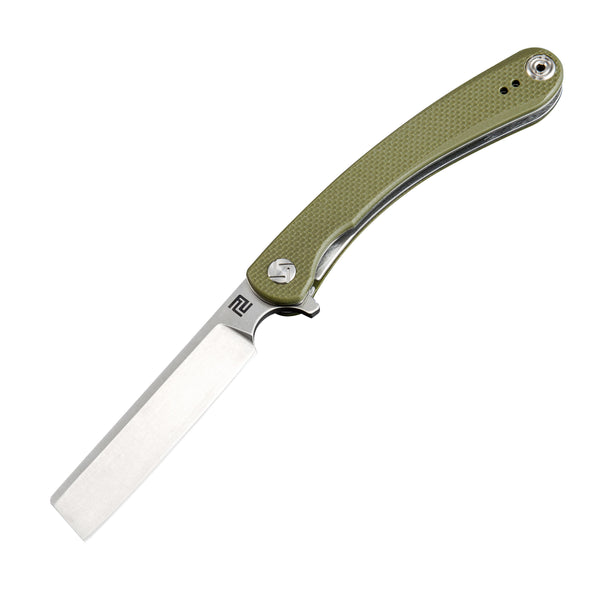When it comes to culinary expertise, mastering knife skills is an essential aspect for any aspiring chef or cooking enthusiast. A folding knife, also known as a pocket knife, is a versatile tool that offers convenience and portability. In this article, we will explore the art of safely and efficiently using a folding knife, providing you with valuable insights and techniques to enhance your culinary experience.

The Anatomy of a Folding Knife
Before delving into the techniques of using a folding knife, it is crucial to understand its anatomy. A typical folding knife consists of several key components, including the blade, handle, pivot, and locking mechanism. The blade is the cutting edge of the knife, while the handle provides a grip for the user. The pivot allows the blade to fold into the handle, ensuring compactness and safety during storage. Additionally, the locking mechanism secures the blade in place when unfolded, preventing accidental closures.
Choosing the Right Folding Knife
When selecting a folding knife, it is important to consider your specific needs and preferences. Factors such as blade material, handle design, and overall size should be taken into account. High-quality stainless steel blades offer durability and sharpness, while ergonomic handle designs provide comfort and control. Additionally, the size of the folding knife should be suitable for your intended purpose, whether it be slicing vegetables or preparing intricate cuts of meat.
Safe Handling Techniques
Mastering knife skills involves prioritizing safety. Here are some essential techniques to ensure safe handling of a folding knife:
- Always keep your fingers away from the blade's path. Utilize the "pinch grip" technique, where your thumb and index finger hold the blade while the remaining fingers grip the handle. This grip provides stability and control, reducing the risk of accidental slips.
- Ensure a stable cutting surface. Use a cutting board made of wood or plastic to prevent the knife from slipping. Avoid using glass or ceramic surfaces, as they can damage the blade.
- Keep the blade sharp. Contrary to popular belief, a sharp blade is safer than a dull one. A sharp blade requires less force to cut, reducing the chances of the knife slipping and causing injuries.
- Store your folding knife properly. When not in use, fold the blade into the handle and secure it with the locking mechanism. Consider using a protective sheath or pouch to prevent accidental openings and protect the blade.
Efficient Cutting Techniques
Now that we have covered the basics of safe handling, let's explore some efficient cutting techniques using a folding knife:
- Slicing: For precise slicing, hold the knife at a slight angle and use a gentle sawing motion. This technique is ideal for cutting through fruits, vegetables, and meats.
- Dicing: To dice ingredients, start by making parallel cuts and then crosswise cuts. This method allows for consistent and uniform pieces, perfect for soups, stews, and salads.
- Chopping: When chopping herbs or larger ingredients, use a rocking motion. Hold the tip of the blade against the cutting board and pivot the knife back and forth, creating a rhythmic chopping motion.
- Precision cuts: For intricate cuts, such as julienne or chiffonade, practice precision and control. Take your time and make deliberate, smooth movements to achieve the desired results.
By mastering these cutting techniques, you can elevate your culinary skills and create beautifully prepared dishes.
Conclusion
Mastering knife skills is an essential aspect of becoming a proficient cook. By understanding the anatomy of a folding knife, choosing the right tool, practicing safe handling techniques, and employing efficient cutting methods, you can enhance your culinary experience and create culinary masterpieces. Remember, safety should always be a priority when using any type of knife.
For more information on mastering knife skills and the safe and efficient use of folding knives, please visit the following credible sources:








